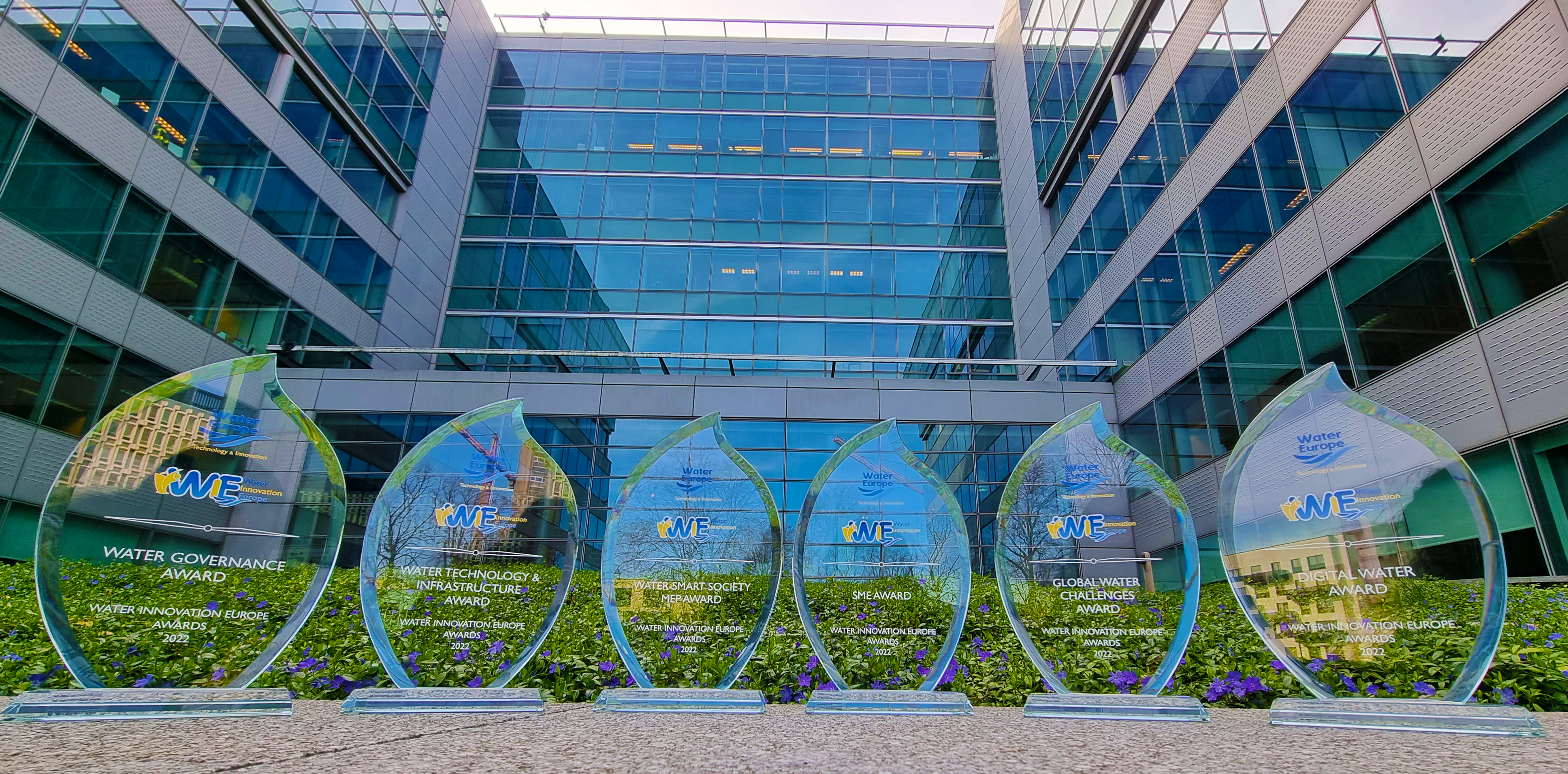A new report, published today by the JRC and the Organisation for Economic Co-operation and Development (OECD), proposes tools to help practitioners, policymakers and scientists identify and manage the spillover effects and transboundary impacts of policies. These tools also aim to support the design of long-term recovery strategies by implementing the UN’s 2030 Agenda for Sustainable Development. The report calls for building national monitoring and statistical capacity to identify, analyse and integrate policy synergies and trade-offs.
The approaches proposed in ‘Understanding the Spillovers and Transboundary Impacts of Public Policies’ include:
– Sustainable Development Goals impact assessments;
– Using tools like the European Platform on Life Cycle Assessment to consider the entire supply chain of products;
– Using multi-region, multi-sector simulation models (such as the MAGNET model, co-developed by the JRC) to assess different policy scenarios.
Spillover effects and transboundary impacts in a global world: In today’s increasingly interconnected world, public policy decisions taken in one sector or country can have repercussions in other sectors and regions, and hamper progress on achieving Sustainable Development Goals (SDGs). That is why the enhancement of Policy Coherence for Sustainable Development (PCSD) has been identified as a crucial means of implementation of the SDGs. Promoting PCSD calls for addressing those spillover effects and transboundary impacts in a systematic way.
The need for a coordinated response: The report’s authors note the current lack of coordination across countries as well as in policies and the evaluation mechanisms established by countries with regard to these impacts. The great complexity of the global system, coupled with methodological and data gaps, makes it difficult to estimate the domino effects between the socio-economic and environmental dimensions, and to manage interlinkages and unexpected transboundary impacts. The tools suggested in this new report are designed to fill these gaps. By offering a comprehensive framework of the different governance and analytical tools to identify and manage spillover and transboundary effects, the report can help governments to accelerate the transition towards a more sustainable and resilient global future.



